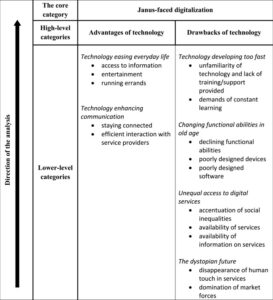What Are the Limitations of Information Technologies in Sports Analysis?
Information Technologies in Sports Analysis
Currently, many professionals in the sports industry are using the use of analytics to improve their performance and attract new customers. Regardless of the level of analytics expertise, a team can improve their performance by leveraging data from various sources, from player results to business operations. However, these technologies are limited by their limitations. Here are some of the biggest issues associated with the use of analytics in sports. First, the methods used to collect data are generally very crude and ineffective for analyzing data from complex environments.
Moreover, sports organizations can also use data to improve their team’s performance. Many organizations are investing in these data collection systems to gain a tactical advantage over their competitors. The use of sports analytics is widely used in designing approaches and motivating players. The use of analytics continues to expand as new technologies are developed to collect data. A team can use data to analyze player behavior, team performance, and game data to improve its performance and increase its competitiveness.
Using data analytics in sports analysis may be an effective way to identify top performers and develop balanced teams. But if the data is not accessible to the general public, they have little or no meaning. Even though sports analysts produce data on their own, the numbers are only meaningful if someone can interpret them. With the use of information technologies such as Tableau, sports analysts can easily communicate the results of their work and help their teams achieve their goals.

What Are the Limitations of Information Technologies in Sports Analysis?
AI in sports has been increasingly prevalent in recent years, as new technologies and research applications have impacted the industry. AI is now widely available, which has increased computing power and access to more data sources. AI has also helped improve forecasting and decision-making in professional sports. However, most sports professionals, audience members, and policymakers are not necessarily experts on AI. However, these technologies have the potential to revolutionise the way they approach data collection in sports.
While there are a few data protection tools available, most major sports don’t use them, leaving the field vulnerable to misuse. John has worked in Formula One and rugby and is well aware of the risks associated with sports data. In addition, the use of these technologies in sports may cause financial and reputational damage to the sport science community. Assuming that they are not reliable, they are not likely to help teams prevent injury.
The use of AI in sport has several disadvantages. For example, commercial data and proprietary data are major obstacles to a comprehensive analysis of sports data. As the world moves towards AI, these technologies will have to be regulated. Regulations on data privacy and ownership will ultimately determine the speed and use of AI in sport. But the possibilities are endless. With the right legislation, this technology can transform sports and increase its competitiveness.